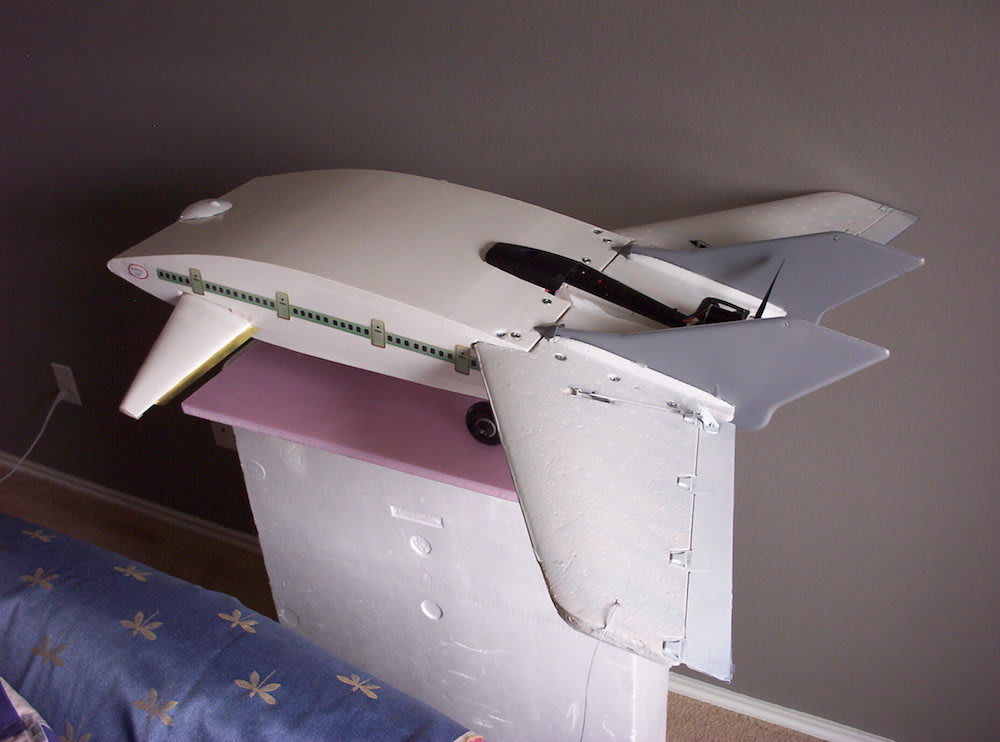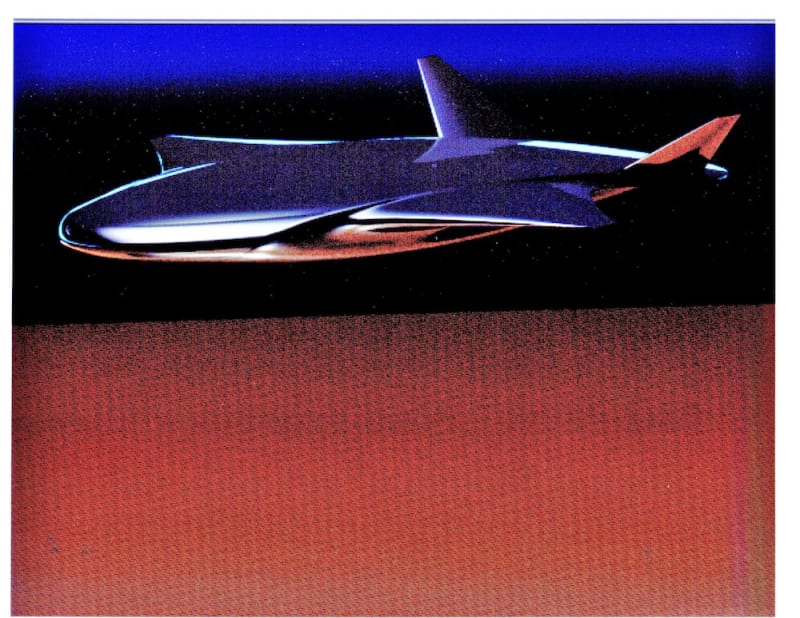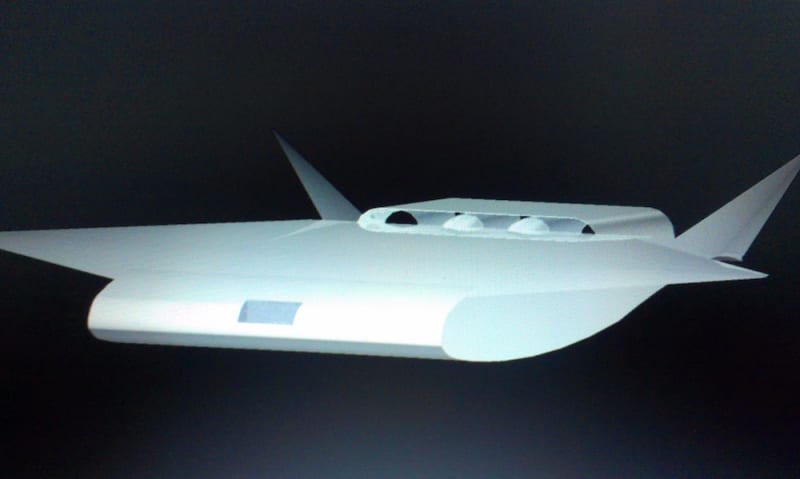The lifting fuselage design has been around since the 1920's. It was shown by NACA (NASA) and through military competition in the 30's to be superior to the tube and wing design. Incorporating the most recent airfoil designs, composites and engine improvements, this design will easily cut in half the current airline fuel costs per passenger or pound of cargo. I believe it can out perform many of Boeing's BWB results. Versatility, flexibility and scalability make this design perfect for transport, cargo and tanker, military or civilian applications including unmanned aerial systems.
The simplicity of the design will cut costs in materials and production as well as increase stability and safety. Advanced design will increase efficiency of lift and reduce drag allowing for safer, low speed takeoffs and landings while being able to cruise at higher speeds with little drag penalty. A 40 year aerospace veteran and Circulation Control expert assured me that even these numbers would improve with the use of CC technology.
The stability of this design will also eliminate the need for expensive computer systems and the weight of extra control surfaces and motors as is necessary for the B-2 bomber as well as NASA's blended or hybrid wing body. My proof-of-concept RC has lost power 3 times in flight. Every time it landed on its wheels on its own. Coming in straight and level, and at lower speeds, could just come in handy if all systems are lost in flight.
Safety will also be increased by having the engines placed at the tail of the airfoil body virtually eliminating engine bird strikes. This engine placement also uses the body and vertical tail sections to reduce engine noise around airports. As mentioned, takeoff and landing speeds would be reduced to 100 mph or less thus reducing the threat of serious injury where most accidents occur. The placement of the engines, away from under the wing fuel tanks, almost eliminates the threat of fire in a hard landing or runway overrun.
All these issues and more are improved with this design. With the materials and technology now available, why are we trying to improve the current models in tiny and expensive increments? Because of testing already done on earlier designs plus testing on NASA's lifting fuselage designs, such as the X-43 and X-51 projects, this plane could be certified in 10 years. Airlines could start replacing the old inefficient planes in 20 years. Within 30 years, many of these old planes will have replaced. The economy would be improved along the way with the production of thousands of these better, safer and more efficient planes. Help me create the future with this design. If you believe it, it could happen. I'm workin' on it.
Like this entry?
-
About the Entrant
- Name:Larry Pope
- Type of entry:individual
- Software used for this entry:AutoCAD
- Patent status:none








